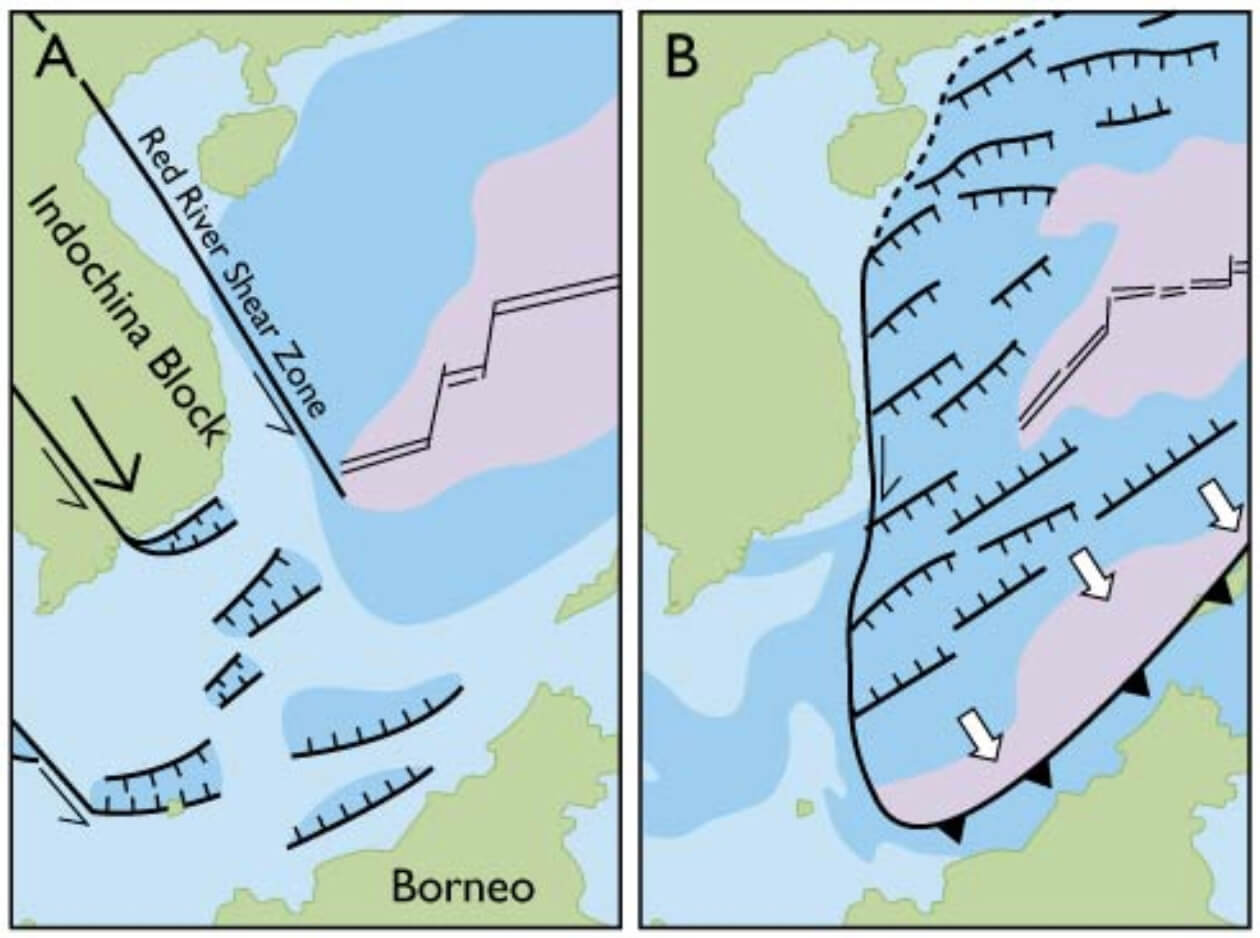
How to Cite
Share
Abstract
A series of Cenozoic basins fringes the Vietnamese coastal margin, often characterised by more than 10 km of sedimentary infill (Fig. 1). Greater parts of the margin are still in an early explorational state, although significant petroleum production has taken place in all but the southern Song Hong and the Phu Khanh Basins. This has increased the need for a fundamental understanding of the processes behind the formation of the basins, including analyses of potential source rocks. The basins fringing the Indochina Block provide excellent evidence of the geological evolution of the region, and the basin geometries reflect the collision of India and Eurasia and the late Cenozoic uplift of south Indochina (Rangin et al. 1995a; Fyhn et al. in press). In addition, the basins provide evidence of regional Palaeogene rifting and subsequent Late Palaeogene through Early Neogene sea-floor spreading in the South China Sea. Apart from the regional Cenozoic tectonic record, the basins contain a high-resolution climatic record of South-East Asia due to the high depositional rates, changing depositional styles and large hinterland of the basin (Clift et al. 2004).
How to Cite
Share
Copyright (c) 2007 Michael B W Fyhn, Lars Henrik Nielsen, Lars Ole Boldreel

This work is licensed under a Creative Commons Attribution 4.0 International License.
Downloads
Edited by Martin Sønderholm and A.K. Higgins
The Review of Survey activities presents a selection of 17 papers reflecting the wide spectrum of activities of the Geological Survey of Denmark and Greenland, from the microscopic to the plate-tectonic level.
Activities in Denmark: The Survey's field of activities in Denmark is illustrated by three papers on [...]









